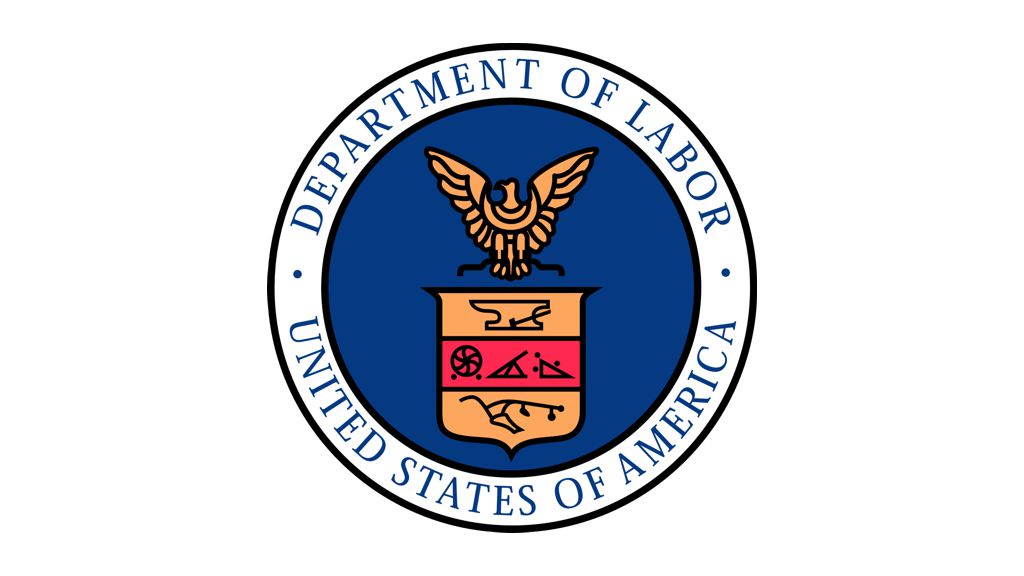The company built 38 MAX jets in the second quarter, its FAA-set limit, and plans to seek approval to raise output to 42 to meet strong demand.
The skies are clearing for Boeing these days as it emerges as the clear winner of trade deals during the tariff negotiations between the United States and its trading partners, according to analysts. Advantages include exceptions from tariffs and the purchase of scores of aircraft from the company.
Under the EU–U.S. trade agreement announced on July 27, the United States will increase tariffs on EU imports to 15 percent, with an exemption for aircraft and aircraft parts—an outcome that benefits Boeing, as it strives to rebuild its tarnished image from accidents and prolonged strikes that have resulted in sizable losses in recent years.
Boeing President and CEO Kelly Ortberg said during an earnings call on July 29 that free trade is important to the company’s business as a leading U.S. manufacturer and exporter.
“As a reminder, about 80 percent of our commercial supply chain spending goes to the U.S.,” he said. “And about 80 percent of our commercial deliveries are to customers outside the U.S.”
Ortberg also thanked U.S. and EU leaders for the tariff exemption.
“We appreciate the administration and Congress for championing the U.S. aerospace industry around the world, and applaud President [Donald] Trump and the EU Commission President Ursula von der Leyen for reaching a negotiated agreement that will be good for the aerospace industry in the U.S. and Europe,” he said.
As part of the recent trade deals and negotiations, the aircraft maker has also received orders from Indonesia, Japan, China, the UK, Qatar, Saudi Arabia, and the United Arab Emirates. These orders have raised the company’s backlog at the end of the second quarter to $619 billion.
As Ortberg explained during the earnings call, the company operates at full capacity, producing 38 MAX aircraft in the second quarter, the maximum capacity set by the FAA, and is planning to ask permission from the FAA to raise production to 42 in the second half of the year to meet the robust demand.







